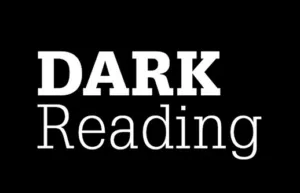What is a DDOS Attack?

A DDOS (Distributed Denial of Service) attack is a type of cyber attack that overloads a website or online service with too much traffic, making it unavailable to users. In a DDOS attack, the attacker uses multiple computers, often called “zombies,” to flood the target with requests for information. This flood of requests causes the website or service to become overwhelmed and unavailable, making it difficult or impossible for legitimate users to access it. It is interesting that there is a distinction between DDOS and Denial of Service attacks. As most modern systems can filter out a single point of origin, a “DOS” attack isn’t a thing anymore and the “distributed” needs to be added. They are both denial of service, why is the extra “D” that important?
DDOS attacks can be launched for a variety of reasons, including political activism, revenge, or even as a form of extortion. They can be launched from a single location or from many locations around the world, making it difficult to track the origin of the attack.

The effects of a DDOS attack can be devastating for both individuals and businesses. For individuals, it can prevent access to important information or services, such as online banking or email. For businesses, it can cause significant financial losses and harm to their reputation, not to mention blocking their services from their customers. An attack can also consume a lot of labor, bandwidth, and computing resources, leading to increased costs and decreased efficiency.
To protect against DDOS attacks, organizations can implement a number of strategies, including:
- Strengthening their network infrastructure: This includes adding firewalls, intrusion detection systems, and load balancing systems to help distribute traffic and prevent overloading.
- Implementing traffic filtering: This involves blocking traffic from suspicious or malicious sources, such as IP addresses known to be used by DDOS attackers.
- Increasing network capacity: By having more bandwidth and computing resources, organizations have available. This, however, has a limited mitigation effect since these forms of attack can often overwhelm even the largest organizations with lots of infrastructure.
- Third party filtering: A common approach is to have a third party establish a wall between your company and the internet. These services are helpful and can reduce the risk of DDOS attacks. While there is a chance of degraded response times, this has been reduced to a minimum over the last few years.
- The Imperative for Cyber Talent on Corporate Boards - March 29, 2024
- Talking CMMC preparation - March 12, 2024
- Protecting Your Business: Strategies to Combat DNS Attacks - February 20, 2024
![image[1]](https://blog.tracc.com/wp-content/uploads/sites/9/2024/01/image1-300x100.png)


